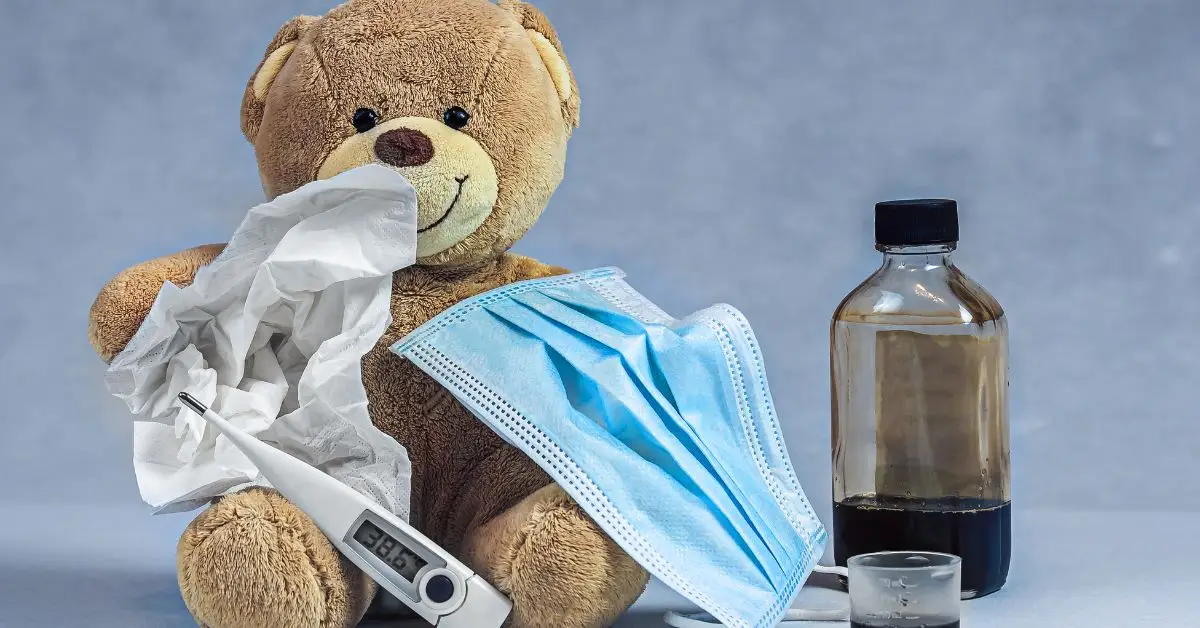A few years after the Covid-19 pandemic and while the strict measures seem to have been lifted, the re-emergence of streptococcus as a “new health threat ” is causing concern. We are talking specifically about group A streptococcus (i(GAS) -Ιnvasive Group A Streptococcus) or pyogenic streptococcus , which causes infections of the upper respiratory tract. It is a Gram-positive bacterium that can be present in our throat or on our skin without necessarily showing symptoms of infection.
Approximately 5% of people carry the bacteria in their throat, without showing symptoms!
More specifically, group A streptococcus can cause infections such as:
pharyngitis , tonsillitis (strepthroat),
skin rash known as scarlet fever,
skin infections such as impetigo , etc.
The last two cases usually affect children and adolescents, while in adults streptococcus usually manifests as pharyngitis.

Health interest has focused on this particular microorganism both globally and domestically, due to the increase in cases observed. The World Health Organization draws attention, as in 2022 the cases in France, the Netherlands, the United Kingdom and Ireland appeared higher than in previous years. As an explanation for the phenomenon, experts point out that the quarantine of the last two years prevented the development of immunity against streptococcus, especially for children born during this period. This is also due to the fact that most of the cases are found in children under the age of ten (10). According to the latest data from the National Public Health Organization (EODY) , a total of six (6) deaths of children from group A streptococcus have been recorded in Greece in 2023.
How is it transmitted and who is most at risk from it?
Streptococcus is spread from person to person through droplets released when an infected person coughs or sneezes. It can also be spread through contact with secretions from an infected person, such as saliva, wound secretions, or nasal discharge. According to the Centers for Disease Control and Prevention (CDC), the incubation period is estimated to be approximately 2 to 5 days.
The population groups most vulnerable to infections associated with group A streptococcus are children , pregnant women, the elderly, those with chronic diseases , and the immunocompromised. Also at high risk are those who live in places where hygiene rules are not followed or there is a lot of crowding, as well as people who come into frequent contact with children, such as parents and teachers.
Symptoms
The National Library of Medicine (NIH) lists the following as the most common symptoms of a streptococcus pyogenes infection:
- sore throat, difficulty swallowing,
- fever that starts suddenly,
- malaise, feeling tired,
- headache and
- swollen tonsils.
Usually, no cough is observed.
Diagnosis
Diagnosis is now quite easy due to the rapid detection tools, Rapid Strep-A test , which are commercially available and aim to identify the group A streptococcus antigen through the taking of a throat swab. Moreover, the public's familiarity with rapid tests is now high! Experts, however, point out that performing the Strep Test is not characterized by the same ease as performing the Self Test for Covid-19, as the swab is taken from the throat in this case.For this reason, it is preferable that this test be performed by a healthcare professional, especially when it comes to young children.
At the same time, a positive Strep test may not necessarily indicate disease as, as we mentioned above, there are cases where we may be carriers of the pathogen, but asymptomatic! These carriers are also those who are less dangerous in terms of transmissibility to others. When symptoms are severe then the viral load is high and transmissibility is more intense.
In conclusion, the Strep test is certainly a quick and easy solution to understand if we have been infected with group A streptococcus. However, it is not always a valid method since a positive Strep Test may indicate asymptomatic status, but conversely a negative one may fail to detect the infection, for various reasons. In the second case, a visit to your pediatrician is recommended, who will assess the situation and may suggest performing a laboratory test with culture, for maximum validity of the result.
Prevention
The most effective prevention is following the Basic Hygiene Rules !

- Wash your hands with soap and water for at least 20 seconds . Proper hand washing helps prevent all kinds of infections.
- Gargle with Prontoral antimicrobial mouthwash to prevent infection and eliminate the virus in the throat.
- Cover your mouth and nose with a tissue when you cough or sneeze. Caution : Make sure to dispose of the tissue immediately after use, without reusing it!
- If you don't have a tissue at your disposal, use the inside of your elbow to sneeze or cough, not your palm! Teach your children to do the same, in order to protect those who come into contact with them (e.g. the elderly), but also to reduce contagion as much as possible.
- Avoid overcrowding and make sure to ventilate the spaces frequently.
- If soap and water are not readily available, use an alcohol-based hand sanitizer to disinfect your hands or any contaminated surfaces. If you are wondering, learn here:gr/antisiptika-xeriwn-alkool-oinopneyma/"> How much alcohol should an antiseptic contain to be truly effective.
- You prefer not to share your personal belongings .
Treatment
To treat strep throat, immediate antibiotic administration is recommended, as reported by the CDC .
According to clinical studies, group A streptococcus does not appear to be particularly resistant to antibiotics. So, in the good news of the day, there are many antibiotics that are considered suitable for relieving the symptoms of the infection. This fact is reassuring, since the long-term shortages observed in pharmacies during this period have also caused concern!
In conclusion, group A streptococcus infections do not currently threaten the community and the National Health System. “ Streptococcus existed and will exist!”, experts point out. Knowledge about the bacterium and its fight is known to health professionals. All that is needed is early diagnosis and receiving appropriate medical care. And a piece of advice from us, stay calm and monitor your child’s symptoms or your own!


